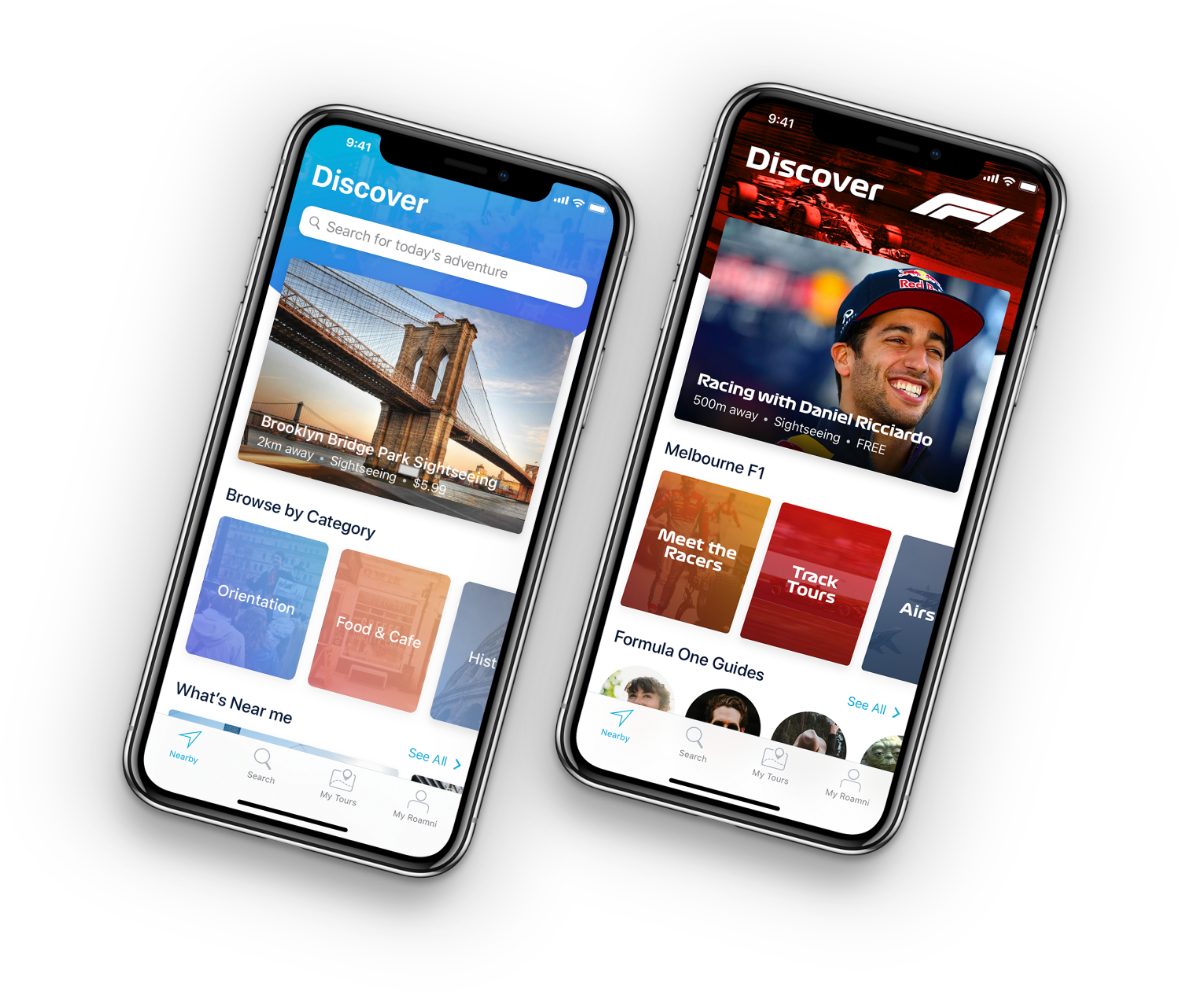The Ultimate Mobile App Accessibility Testing Checklist
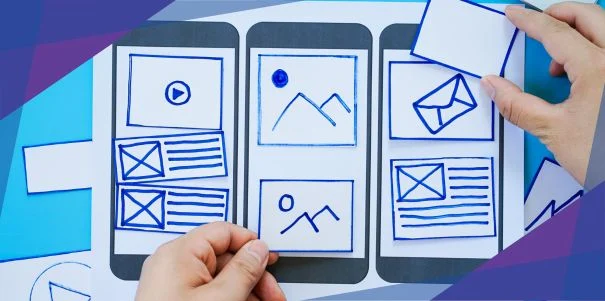
Editor’s note: This article is written by a Guest Author
Imagine this: you’ve built a sleek, feature-packed mobile app, and everything looks perfect. But then, a user with visual impairment tries using it and gets stuck. Someone with motor disabilities struggles to tap the right buttons. A person relying on screen readers hears a jumble of text instead of clear instructions. That’s when it hits—your app isn’t truly accessible.
Testing for accessibility isn’t just about following rules. It’s about making sure everyone, regardless of ability, can use your app without frustration. The tricky part? It’s easy to overlook small but important details. Missing alt text on images, low-contrast text, or a navigation flow that doesn’t work with assistive tech—these slip-ups can add up and shut out a huge number of users.
In this article, you’ll get the ultimate checklist for mobile app accessibility testing, making sure no user is left struggling. Whether you’re an app developer, designer, or tester, this guide will walk you through every check you need to make your app more inclusive and user-friendly.
What is mobile app accessibility testing?
Think about how people use a mobile app—some navigate by touch, some rely on voice commands, and others use screen readers. Mobile App Accessibility Testing checks whether an app works smoothly for everyone, including those with visual, hearing, motor, or cognitive challenges.
This testing makes sure that all users, regardless of ability, can interact with the app’s content, buttons, and features without barriers. It looks at how well the app supports assistive technologies like screen readers that read text aloud, voice commands that allow hands-free navigation, and alternative input methods for those who cannot use touchscreens easily.
Another important part of this process is making sure the app follows recognized accessibility standards, like the Web Content Accessibility Guidelines (WCAG). These guidelines set rules for things like text readability, color contrast, and interactive elements to ensure a smooth experience for all users.
The goal is simple. Everyone should be able to use the app without barriers, no matter their abilities. When an app is accessible, it becomes more user-friendly for all, creating a better experience for every person who interacts with it.
The need for mobile app accessibility testing
Here’s why testing for accessibility should be a part of your process from the start:
1. Staying within the law
Ignoring accessibility can lead to legal trouble. Many countries have strict laws, like the ADA in the US and the European Accessibility Act, that require digital platforms to be accessible. Companies that don’t comply risk lawsuits, heavy fines, and a damaged reputation. Testing your app for accessibility from the start keeps you on the right side of the law and avoids unnecessary legal risks.
2. Making apps usable for everyone
Not everyone interacts with mobile apps the same way. Some users rely on screen readers, voice commands, or alternative input methods. Accessibility testing ensures that people with visual, hearing, motor, or cognitive disabilities can navigate and use your app without frustration. When an app is designed for inclusivity, it becomes a tool that everyone can benefit from.
3. Reaching more users
Millions of people worldwide have disabilities that affect how they use mobile devices. If your app isn’t accessible, you’re unintentionally excluding a huge potential audience. By making small adjustments, such as adding text alternatives for images or ensuring buttons are easy to tap, you open the door to a wider user base. More users mean more engagement, higher retention rates, and better business growth.
4. Improving user experience
Features designed for accessibility often enhance the overall experience for every user. Clear navigation, readable text, and intuitive controls make an app easier to use. Even people without disabilities benefit from these improvements, leading to higher satisfaction and better ratings.
5. Taking responsibility as a brand
Making an app accessible shows that you care about inclusivity. It reflects a brand’s commitment to building products that serve all users, not just a select few. Companies that prioritize accessibility send a strong message about their values, earning trust and respect from customers.
6. Saving time and money
Fixing accessibility issues after launching an app can be expensive and time-consuming. When accessibility is tested early in development, it prevents costly rework, reduces the chances of customer complaints, and ensures a smoother launch. A well-tested app runs more efficiently, leading to fewer problems down the line.
The ultimate mobile app accessibility testing checklist
Here’s a checklist that covers different aspects of accessibility testing to help you make your app more user-friendly.
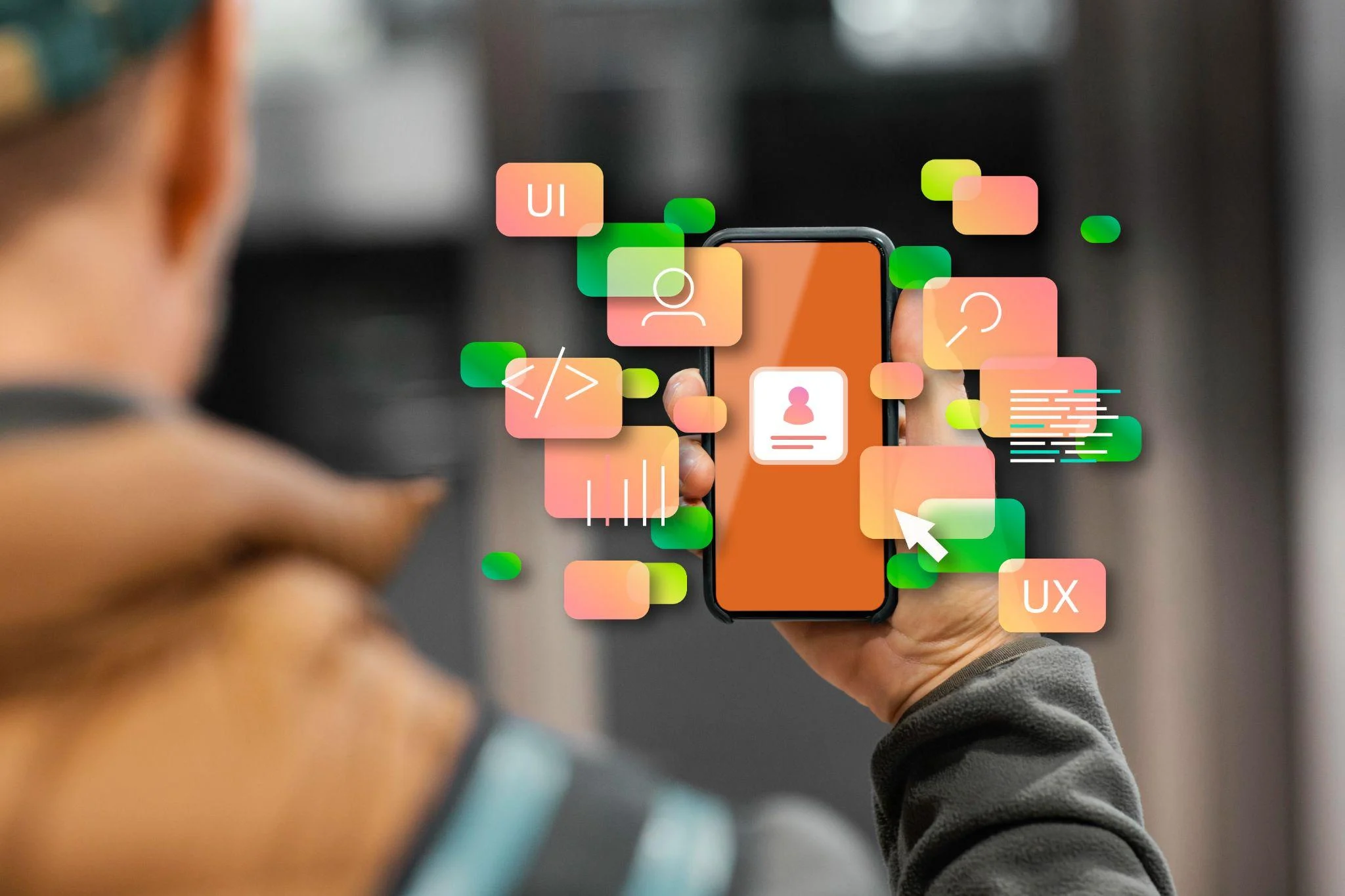
1. General guidelines
A well-structured app helps users navigate easily, especially those using assistive technologies like screen readers. The way content is arranged plays a major role in making an app accessible.
- Every app should have a clear and descriptive title so users can immediately understand its purpose.
- Content should follow a proper heading structure (H1, H2, H3) to create a logical reading flow. This makes it easier for users to navigate and find information.
- ARIA landmarks should be used to define different sections like search, navigation, and content information. This helps assistive technologies understand the layout of the app.
2. Text and document accessibility
Text readability plays a huge role in accessibility. The right font choices, structure, and formatting help users with visual impairments or cognitive difficulties interact with the content more comfortably. If your app includes documents like PDFs or PPTs, they also need to be accessible. Here are some things to keep in mind when you are working with text accessibility:
- Choose readable fonts and ensure there is enough contrast between text and background.
- Make sure screen readers can access and interpret all text-based content.
- Provide alternative text for text-based elements to help visually impaired users understand them.
- Documents like PDFs and presentations should be accessible. If your app includes such files, PDF Remediation software can help make them compatible with assistive technologies.
3. Color and contrast
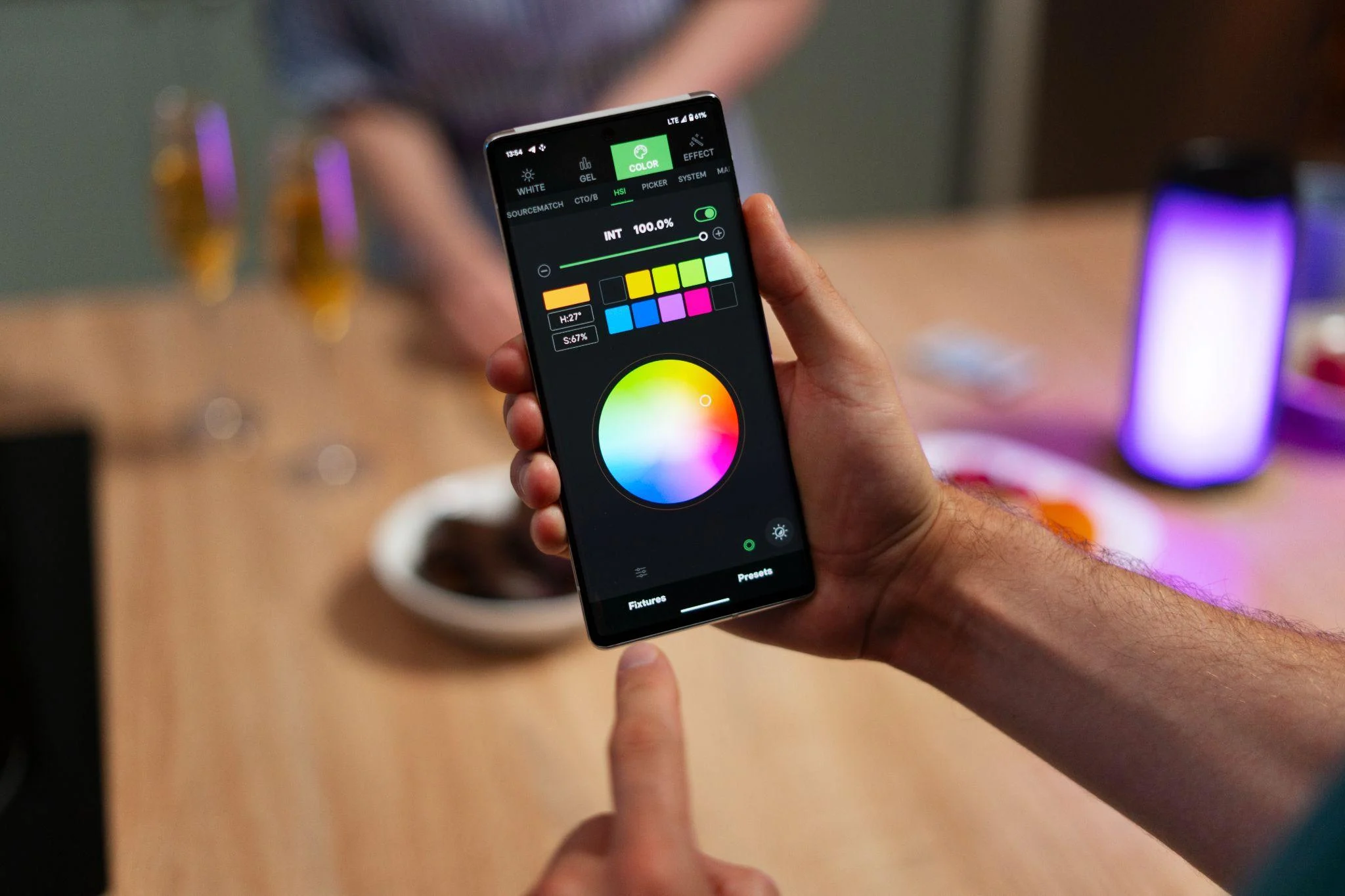
Colors are an important part of an app’s design, but not everyone perceives them the same way. Poor contrast can make reading difficult, and relying on color alone to convey information can exclude users with visual impairments. Here are some things to keep in mind when you are working with colors:
- Make sure text and background colors have a proper contrast ratio so content remains readable for all users.
- Avoid using color alone to convey meaning. Instead, pair colors with text, icons, or patterns to ensure information is accessible to everyone.
4. User interaction and navigation
A smooth user experience is essential for accessibility. Users with motor disabilities, limited dexterity, or those relying on external devices should be able to navigate the app without frustration. Here are some things to keep in mind when you are working with app navigation:
- Keep app gestures simple so users with limited mobility can interact with the interface without struggling.
- Ensure buttons and interactive elements are large enough to tap easily, even for users with limited dexterity.
- Provide clear focus indicators so users always know where they are within the app.
- Support keyboard navigation for users who rely on external keyboards rather than touch gestures.
5. Assistive technology support
Many users depend on assistive technologies to interact with digital content. Making sure your app works well with these tools improves accessibility. Here are some things to keep in mind when you are working with support for assistive technology:
- Test app elements to ensure they are compatible with screen readers.
- Provide proper support for VoiceOver (iOS) and TalkBack (Android) so visually impaired users can navigate the app smoothly.
6. Forms and input fields
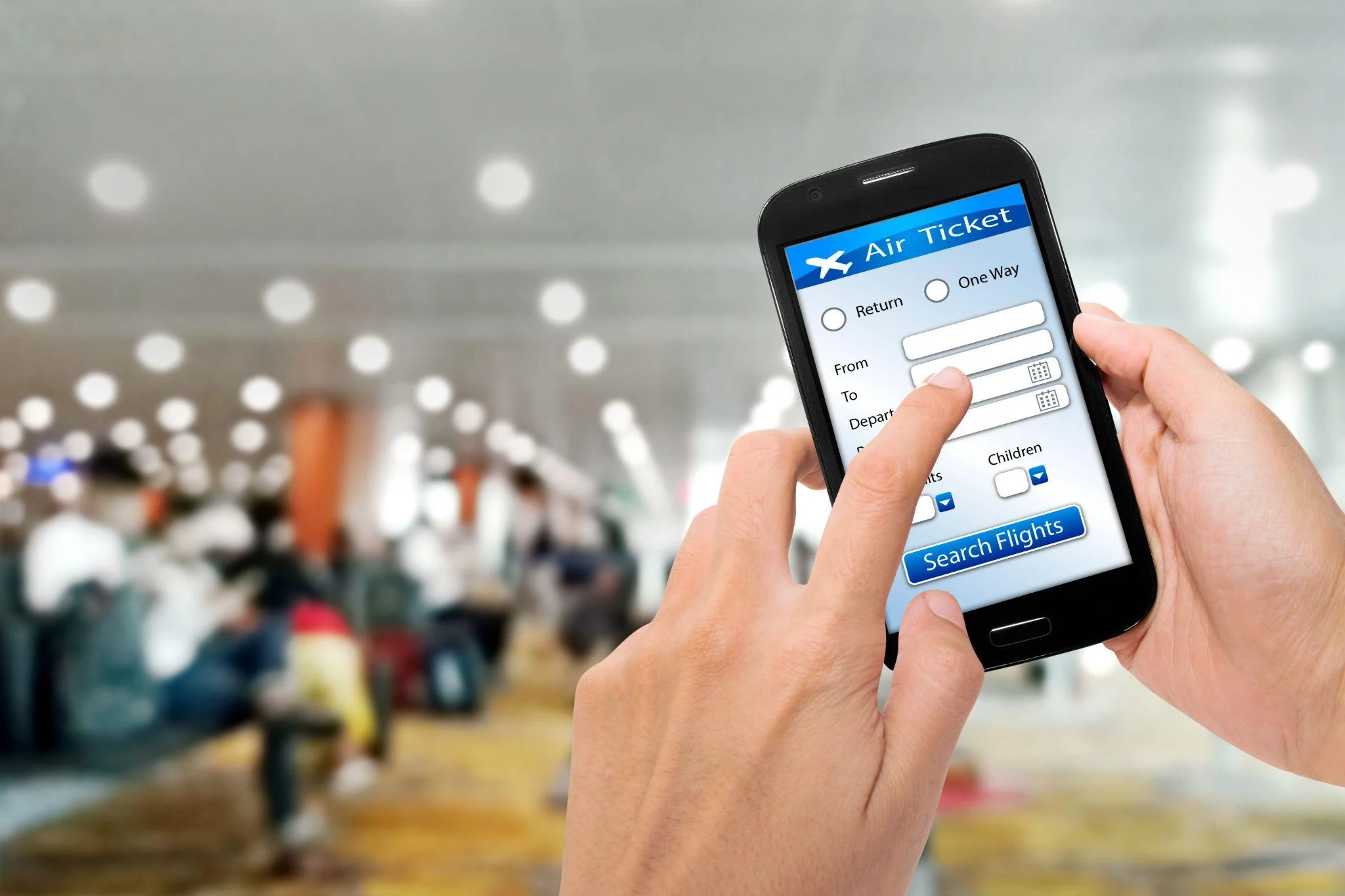
Forms are used for logins, searches, payments, and other functions in mobile apps. If they aren’t accessible, users with disabilities may struggle to enter information correctly. Here are some things to keep in mind when you are working with forms in your app:
- Reduce the need for excessive manual input by enabling auto-fill and predictive text where possible.
- Label UI elements clearly so users understand what each input field is for without confusion.
7. Multimedia and visual elements
Images, videos, and interactive elements should be accessible to users who cannot see them or have trouble processing visual information. Here are some things to keep in mind when you are working with visual elements:
- Ensure images, tables, and expandable elements like accordions are structured properly so assistive technologies can interpret them.
- Include captions and subtitles for video and audio content so users with hearing impairments can follow along.
8. Testing and validation
No matter how well an app is designed, testing is necessary to find and fix accessibility issues before it reaches users. A mix of automated and manual testing ensures that nothing is overlooked. Here are some things to keep in mind when you are testing your app:
- Use accessibility testing tools along with manual checks to identify barriers users might face.
- Follow best practices for touch event accessibility to avoid unintended interactions that could make the app harder to use.
By keeping these accessibility guidelines in mind, you can create an app that is welcoming and functional for all users. Making these improvements not only ensures compliance but also enhances the overall user experience for everyone.
Final thoughts
This was your ultimate checklist for mobile app accessibility testing. We hope it helps you build an app that’s truly inclusive and user-friendly. Small details matter, and getting them right ensures no user is left behind.
Keep testing, keep improving, and make the perfect app.
Got an app idea? Book a free consultation call with one of the product strategists at Appetiser Apps and start building your dream app that’s not just amazing, but also delightfully inclusive.

Author Bio:
Emilie Brown works with the Content Marketing team at Continual Engine, a leading AI-based accessibility solutions provider, which enables organizations to create digitally accessible content in compliance with universal accessibility laws. Her approach and methodology are simple, concise, and to the point and connect with readers seeking solution-driven content on topics related to accessibility and remediation. Apart from working, she loves to spend time with her dog, volunteer, and play her guitar.

Maria Krisette Lim is a Content Marketing Specialist with 14 years of experience producing web and print ad content. Krisette has a BSBA degree, major in Business Management and Entrepreneurship. When she’s not tinkering with words and punctuation, she’s either curled up with a book while sipping hot tea, playing with her toddler, or tinkering with website builders.


